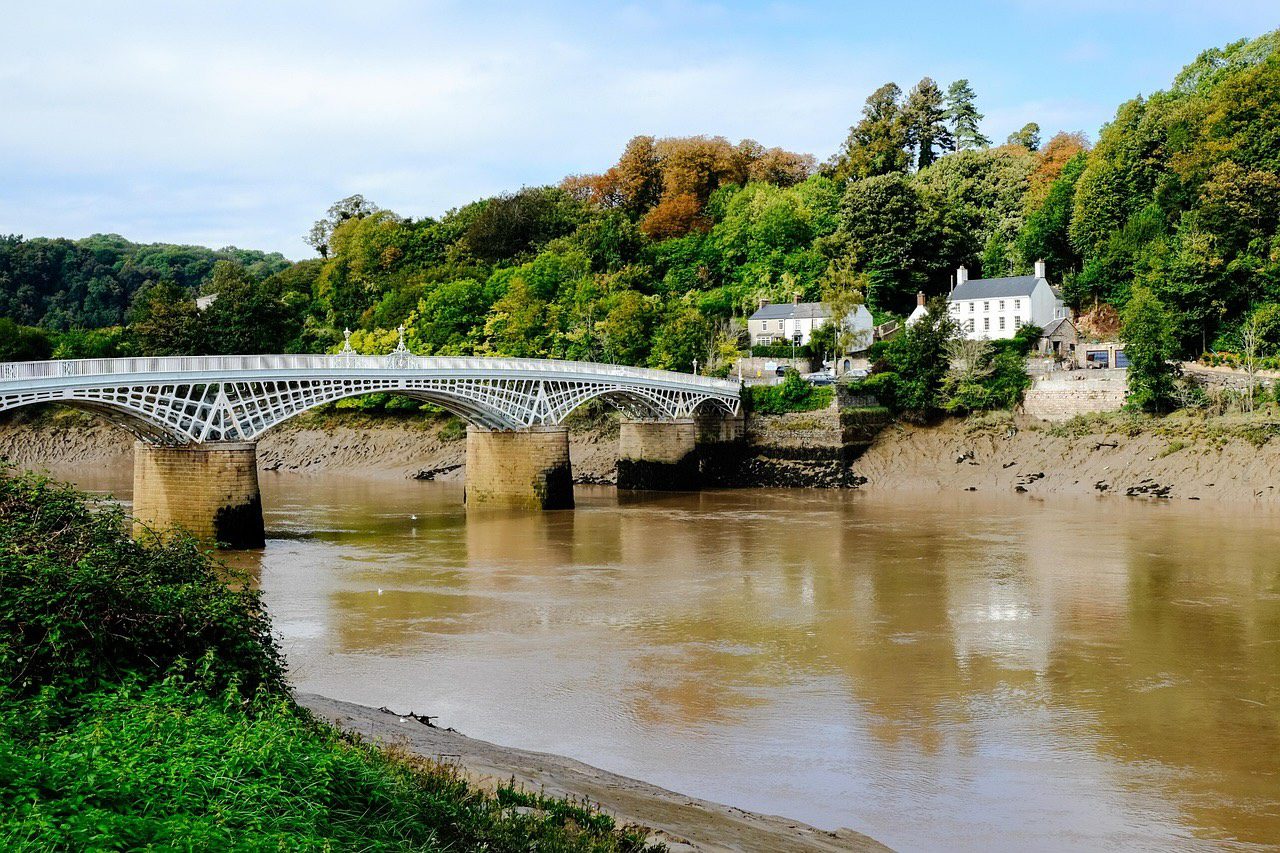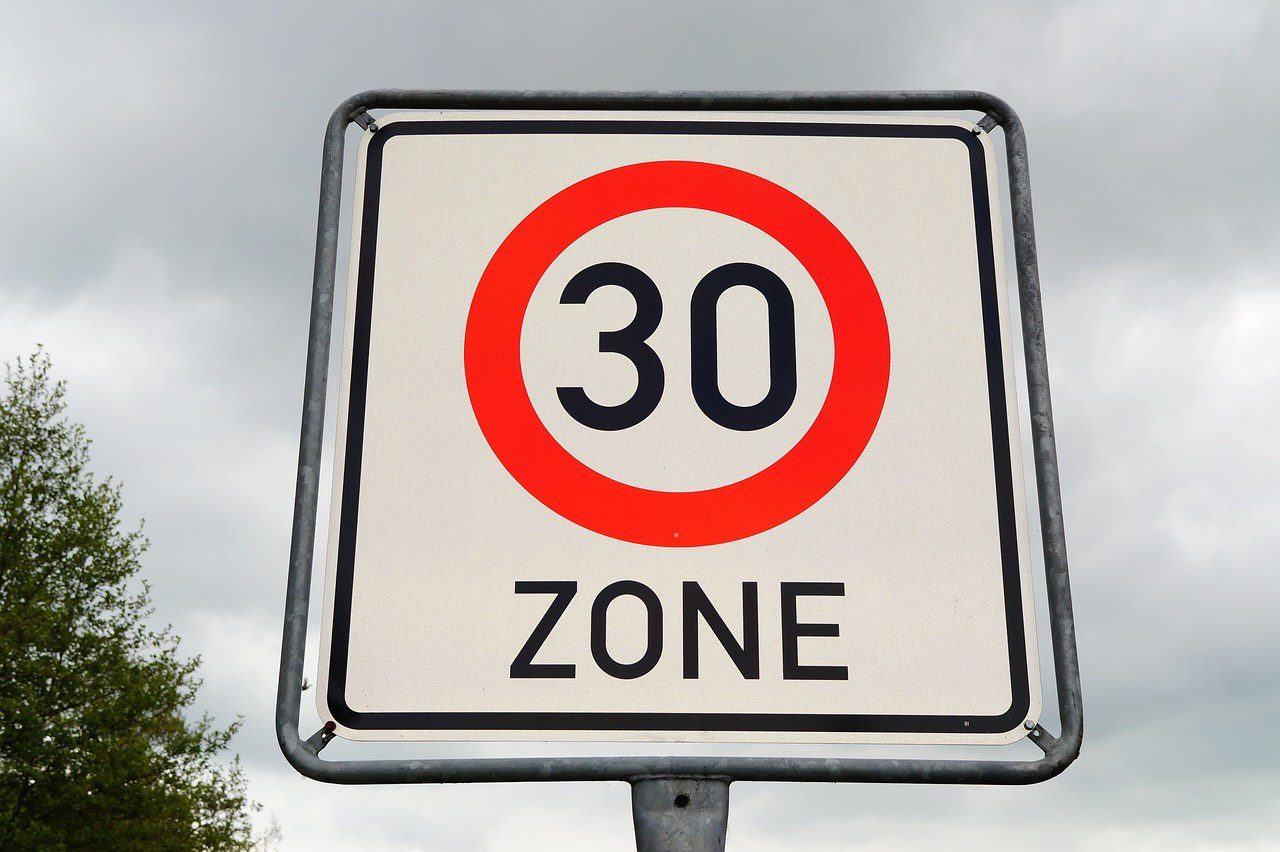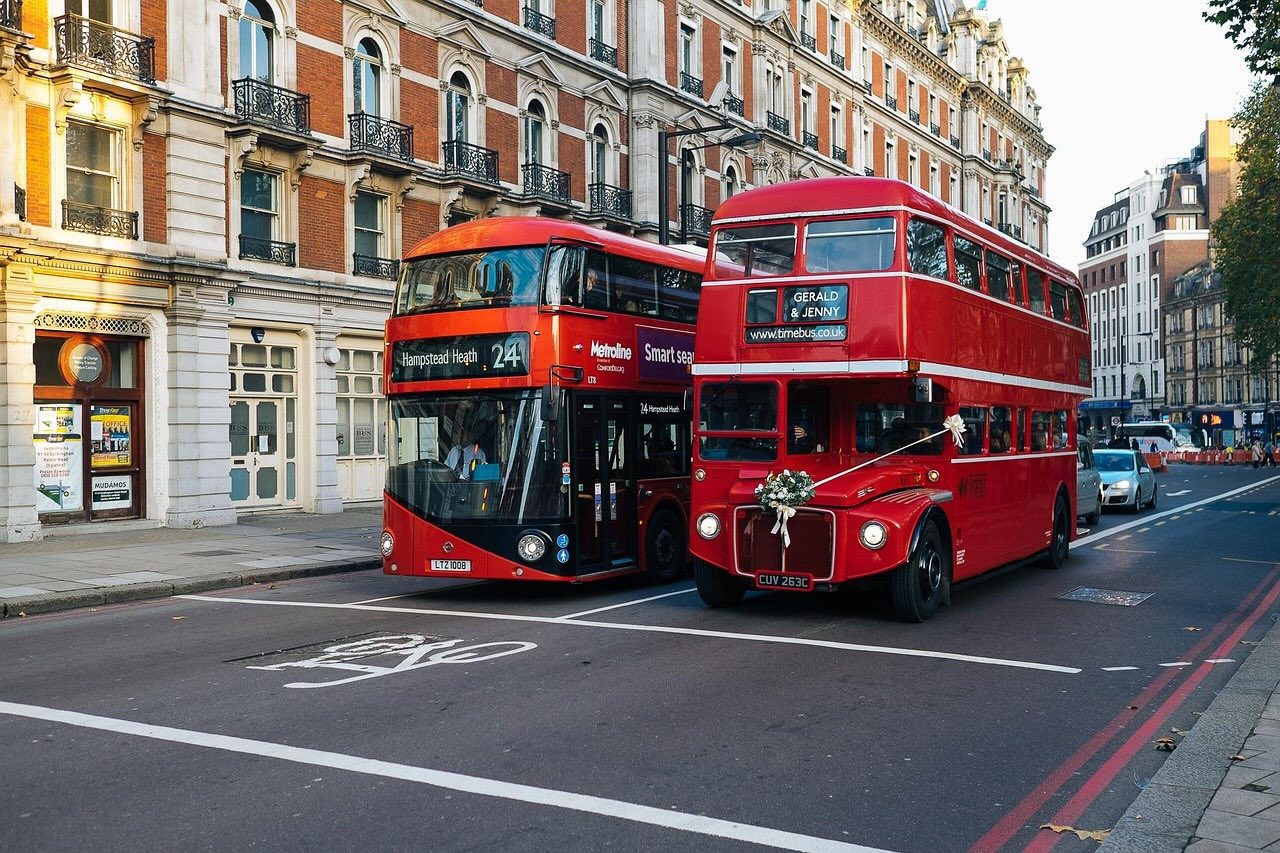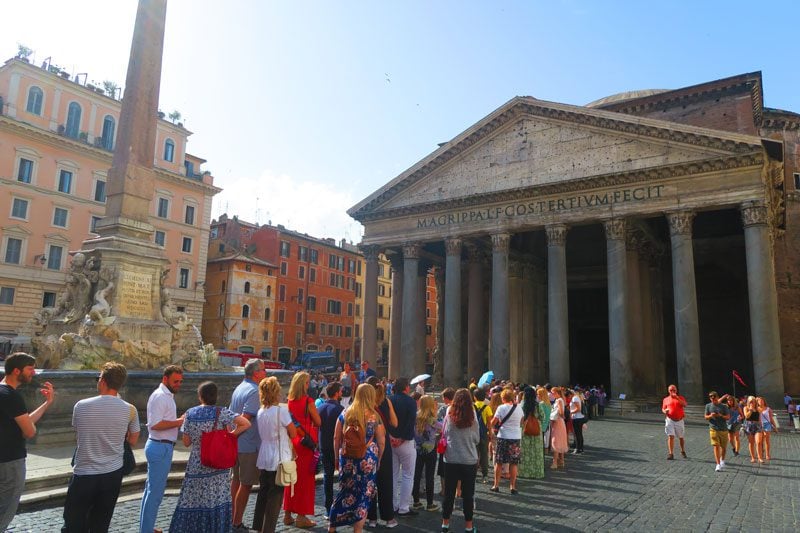Driving in the UK for the first time? Here’s Some Helpful Advice for Nervous Travelers
As the birthplace of the Industrial Revolution, it is no surprise that driving is a great way to get around the United Kingdom. There’s a solid infrastructure of well-maintained highways (or motorways as they’re called here) to help you reach all the major landmarks. Nonetheless, here are a few things to consider before hitting the road in the UK for the first time, as an outside visitor.
As the birthplace of the Industrial Revolution, it is no surprise that driving is a great way to get around the United Kingdom. There’s a solid infrastructure of well-maintained highways (or motorways as they’re called here) to help you reach all the major landmarks. Nonetheless, here are a few things to consider before hitting the road in the UK for the first time, as an outside visitor.
Having lived in Ireland for five years, I headed up to Northern Ireland with the car several times and often traveled to “the mainland”.

The basics
Whether you’re enjoying a gentle drive through a charming village in Somerset County or cruising along Scotland’s scenic 516-mile North Coast 500, these driving tips apply throughout the United Kingdom.
Driving is on the left side
So basic but often forgotten, driving on the left can be a big adjustment for many travelers. In this case, experience can actually lead to mistakes, as our brains are already configured to drive on the right. In the UK, the driver sits on the car’s right-hand side, and you keep to the left side of the road. Roundabouts always go clockwise, and you give way to the right. You’ll get used to this after a few days of driving, but it’s key to maintain a high concentration level throughout your UK road trip.
If you love driving manual cars, take into account that you’ll use your left hand to shift gears. Consider renting an automatic car instead.
Distances and Speed limits are in miles
Just as the road signs are in miles, not kilometers, the speed limits also refer to miles per hour. Unless the signs say otherwise, UK national standard speed limits are:
Motorways (highways): 70mph
Dual carriageways: 70mph
Single carriageways: 60mph
Urban areas: 30mph or less

Know the Highway Code
In the UK, drivers in cars are bound by The Highway Code to prioritize pedestrians, cyclists, horse riders, and motorcyclists – in that order. That means that cars are fifth in the hierarchy and that you must stop if you see pedestrians, cyclists, or horse riders waiting to cross the road at a zebra, parallel crossing, or at a junction. It also means you can’t cut across any of these road users while turning, and should wait for a gap before crossing a straight road.
Country driving
If you’re seeking panoramic vistas of rolling hills, farmland, and quaint cobblestone villages dotted between long, winding roads, the UK countryside will not disappoint. A road trip through the Lake District, Devon, Scotland, or East Anglia is a great way to witness the natural beauty of the UK while enjoying open roads and little traffic. However, with rural roads and lanes come some distinctive challenges.
Expect winding, narrow roads
The further into the country you go, the narrower the roads become, with some being only single lanes. Plus, there are blind corners, hidden dips, and farm vehicles to keep an eye out for. You’ll need to drive patiently and courteously here, using passing places to allow oncoming cars through and remembering to thank other drivers for letting you pass.
Though the speed limit on many country roads is 60mph, often it’s impossible to drive this fast safely. Take it slow and enjoy the views. Also factor in the topography and scenic stops when planning your day.
Watch out for wildlife
Rural roads often double as farm access routes, especially in Devonshire, Cumbria, Norfolk and Suffolk, Scotland, and Wales. In some areas, you may see road signs warning of free-roaming livestock, and it’s not unusual to get stuck behind a flock of sheep for a while!
Even when the road appears clear, there will likely be wildlife such as rabbits, pheasants, deer hiding in the hedgerows, or even families out for a bike ride or dog walkers around the corner. Driving slowly and staying alert is essential when traveling through country lanes in the UK – hazards often appear unpredictably and suddenly.
Don’t run out of fuel
In remote regions of the UK, like Northumberland National Park or the Isle of Skye, fuel (gas) stations can be few and far between. It’s worth constantly checking your tank and ensuring you have enough fuel to get you to and from your destination, whether leaving your cozy B&B to explore a historic landmark or heading to the coast for the day.

City driving
In stark contrast to the British countryside, cities in the UK are busy, bustling, and sometimes challenging to navigate. Before you attempt to drive through or around a big city in the UK, it’s worth planning your route and familiarising yourself with the road layout and tolls ahead of time.
Be prepared for roundabouts and one-way roads
Cities like London, Oxford, and Bath are notorious for their maze-like road layouts, with one-way systems, merging lanes, and multiple lanes making it challenging for first-timers to get around easily. In the UK, lane signals are often painted onto the road at junctions, traffic lights, and roundabouts, making it impossible to see if it’s busy. Using a GPS navigation apps with real-time traffic updates, like Waze or Google Maps, is the safest way to get to your destination calmly and safely.
Roundabouts are the go-to solution for managing traffic in Europe, and the UK is no different. Small, one-lane roundabouts are nothing to worry about, but large and multi-lane roundabouts can make you nervous. Stick to the “slow lane” and use the turn signal. Also, be aware of toll roads and how the toll is paid (on the spot or automatically billed).
Remember always to give way to the right on roundabouts unless signs say otherwise.
Be aware of congestion and emission zones
In London, there’s a Congestion Charge and a separate Ultra Low Emission Zone to be aware of. These are basically tolls charged from certain vehicles that have to pay a fee to enter these areas (or may be excluded entirely). If you’re renting a car, confirm whether it meets the emissions standards for the area you’re traveling to before confirming your hire.
It’s also important to understand that city parking can be limited and expensive. Where you can, it’s often easier and more affordable to use a park-and-ride service to explore the center of a UK city, especially tourist-heavy ones like Cambridge or York.

Don’t stress. Enjoy your UK holiday
Driving in the UK for the first time is a memorable experience. With the proper preparation and a little local awareness, it can be an excellent way to see beautiful, remote parts of the country. Take it slow, enjoy the ride, and stay aware of these tips as you explore some of the UK’s most breathtaking landscapes.










